Tansy is a herbaceous perennial plant that has a branched stem up to 1.5 meters tall. It grows near rivers, landslides and roads, in grassy and bushy areas at up to 1200 m altitude. Tansy leaves are oval shaped and yellow. There are many small flowers that resemble daisies and are in groups.
Tansy comes from Southeast Europe, but today can be found throughout Europe, Australia and North America. There is also a very strong and pungent aroma. For centuries, it’s used in folk medicine as a remedy for arthritis, headaches and fever. The name of feverfew is derived from the Latin word "febrifugia", which literally means "reducing fever."
Tansy won much popularity in Britain in the 80s, as an exclusive alternative to conventional solutions for migraines.
Composition of tansy
Tansy has 1% essential oil, which has a characteristic odor resembling camphor. Main part of the essential oil in the ketone-thujone and its a-isomer tuion. It has flavonoids, alkaloids, organic substances, bitter tanacetin substance, tannins, vitamin C, carotenoids. Contains borneol, terpenes and thujone. The herb has resins and gallic acid.
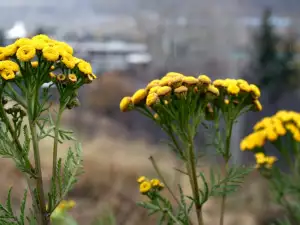
Collection and storage of tansy
The usable portion of the plant is above ground. When picking, dry in the oven at 40 degrees or in the shade. Relative humidity needed in the air in the room, in which the tansy will be stored, is 13%. If you store it properly to keep it cut for two years or even three years. Dried tansy has a yellow color, characteristic odor and a sweet-sour taste.
Benefits of tansy
Tansy is very rich in lactones, the most valuable of which is parthenolide. It protects the brain vessels from narrowing, relaxes spasms of smooth muscles. Parthenolide protects against excessive clumping of platelets and inhibits the release of certain chemicals.
The UK discovered the valuable properties of the plant in the 80s of last century. Then, a study of 300 migraine patients showed that 70% of them felt better after eating two to three fresh leaves of tansy daily. Therefore, it has been declared as an alternative to pills for migraine.
Nowadays, doctors use tansy also not only against strong headaches, but for arthritis and other conditions that are accompanied by severe pain sensations. It is used to treat psoriasis, tinnitus, asthma and various allergies.
Drugs made of tansy tone muscles and strengthen the work of the gastrointestinal tract in constipation, duodenal ulcer or stomach. It’s an anti-inflammatory and analgesic for pain and gas in the intestines. It increases the frequency of heart contractions, slows the heartbeat and increases blood pressure.
Tansy essential oil is useful in diseases of the gallbladder and liver, because it increases secretion of bile. It is anthelmintic, antiseptic and antimicrobial action, but be careful because it is toxic.
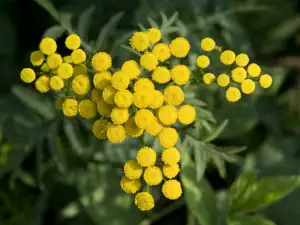
Traditional medicine with tansy
Folk medicine recommends the use of tansy in conditions such as kidney and bladder stones, and various other inflammatory processes. Externally, it is used for baths for rheumatism and washing hair for hard dandruff and in headaches, fever, and nervous disorders.
Rheumatic soak of 50 g tansy to one liter of wine is kept for eight days. Then 40 mg of the decoction is taken after meals. In other diseases, make an infusion of tansy. For this purpose, one tablespoon of the herb’s flowers are covered with 400 ml of boiling water. Soak for two hours. The resulting extract is drunk at a rate of one cup, three times daily, before meals.
For the treatment of tapeworms, mix tansy colors with dried flowers of wormwood and chamomile. The three herbs must be in equal parts. 8 g of the mixture is mixed with 250 ml boiling water and soaked until it cools down. The resulting extract is filtered and used as an enema.
Dangers of tansy
Use only the herb by prescription from a Phytotherapist because it is highly toxic and can lead to dangerous outcomes. Pregnant and nursing women should not take tansy because there is a very high risk of miscarriage or premature birth.
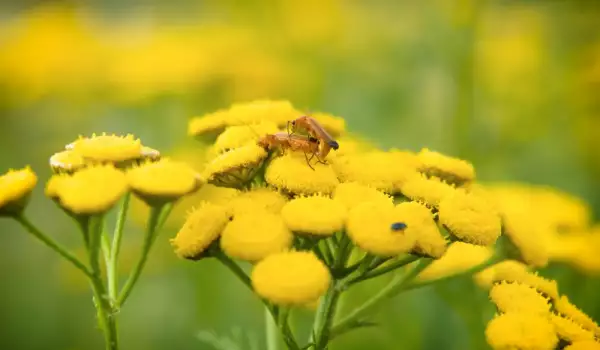
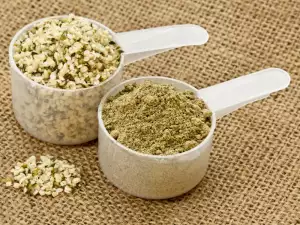
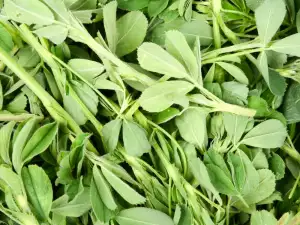
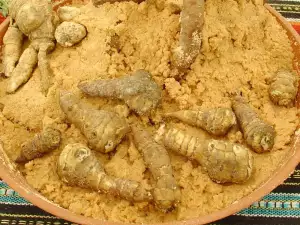
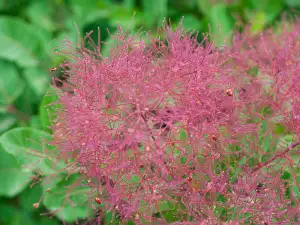


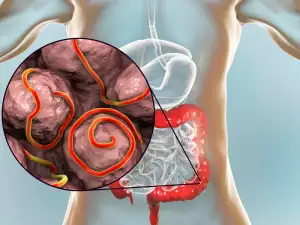


Comments